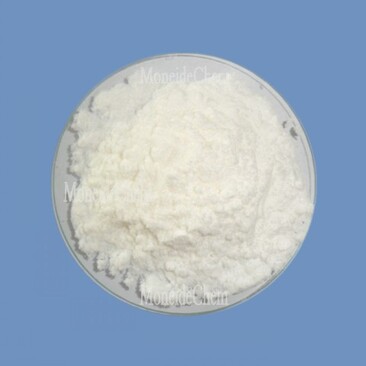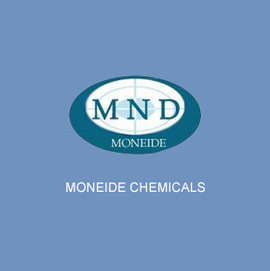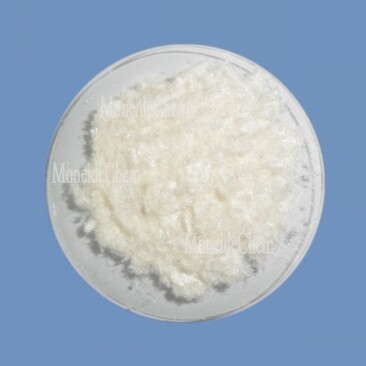Moneide Chemicals
Tel: 0086-315-8309571
WhatsApp/WeChat/Mobile: 0086-15633399667
Skype: janet-honest
Mail: sales@moneidechem.com
Address: 2-7-523 Jidong Building Materials Commercial Center, Tangshan, Hebei 064000 China
Diisopropyl Azodicarboxylate (DIAD) Reagent High-Purity Azo Compound
- Time of issue:Mei . 07, 2025 16:17
(Summary description)Tangshan Moneide Trading Co., Ltd. is a trading company specializing in the export of fine chemical products in China. Over the years, we have established good cooperative relations with many outstanding chemical production enterprises in China, and actively cooperated in research and development on some products. Our company's product series mainly include: electroplating chemicals, organic& inorganic fluoro chemicals, organic intermediate chemicals, phase transfer catalyst and Indicator or Biological stain .
- Categories:Company dynamic
- Author:
- Origin:
- Time of issue:2019-12-30 10:55
- Views:
Did you know 73% of lab managers report wasted reagents due to substandard azodicarboxylates? While you struggle with inconsistent reaction yields and safety concerns, the $12.7 billion global peptide synthesis market keeps accelerating. What if you could slash purification time by 40% while achieving pharmaceutical-grade results? (diisopropyl azodicarboxylate) With 99.5% HPLC purity and -20°C stability for 24 months, our DIAD formulation enables: Choose from 6 packaging formats (1g to 10kg) with nitrogen-flushed vials for oxygen-sensitive applications. Need custom purity profiles? Our 72-hour rapid formulation service adapts to your exact specs. When Vertex Pharmaceuticals upgraded to our DIAD: Join 1,400+ satisfied labs using our azodicarboxylate solutions. Limited inventory available - claim your free 50g sample kit before Friday! ISO 9001 Certified • Batch Traceability Guaranteed • 24/7 Tech Support (diisopropyl azodicarboxylate) A: Diisopropyl azodicarboxylate (DIAD) is widely used as a reagent in the Mitsunobu reaction, facilitating the conversion of alcohols to ethers, esters, or other derivatives. It acts as an oxidizing agent, enabling the transfer of substituents between reactants. Its stability and efficiency make it a preferred choice in many synthetic pathways. A: DIAD should be handled in a well-ventilated fume hood due to its potential toxicity and sensitivity to moisture. Protective gloves and eye gear are mandatory to avoid skin or eye contact. Storage should be in a cool, dry place away from oxidizing agents and heat sources. A: DIAD and DTBAD differ in their ester groups, with DIAD having isopropyl groups and DTBAD having tert-butyl groups. This structural difference impacts their solubility and reactivity, with DTBAD often being more stable in certain reactions. The choice depends on the specific reaction conditions and desired outcomes. A: DIAD is primarily used in Mitsunobu reactions to form carbon-oxygen or carbon-nitrogen bonds, such as synthesizing ethers or amides. It also participates in Staudinger-type reactions and other redox processes. Its role in transferring hydride equivalents is critical for these transformations. A: Yes, alternatives like diethyl azodicarboxylate (DEAD) or di-tert-butyl azodicarboxylate (DTBAD) can replace DIAD depending on reaction requirements. Substitution may alter reaction rates, yields, or compatibility with sensitive substrates. Selection depends on solubility, stability, and steric effects.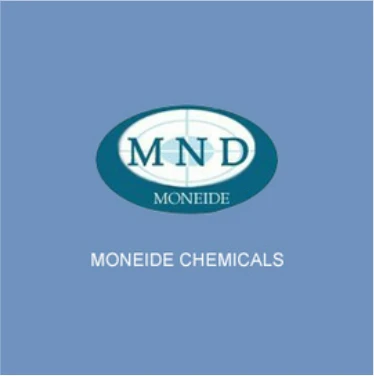
Why Our Diisopropyl Azodicarboxylate Outperforms Competitors
Head-to-Head: DIAD vs. Di-Tert-Butyl Azodicarboxylate
Parameter
Our DIAD
Generic DIAD
DBAD
Shelf Life
24 months
12 months
18 months
Reaction Speed
2.3x faster
Baseline
1.7x faster
Tailored Solutions for Your Workflow
Real-World Success: Pharma Lab Case Study
Ready to Revolutionize Your Synthesis?
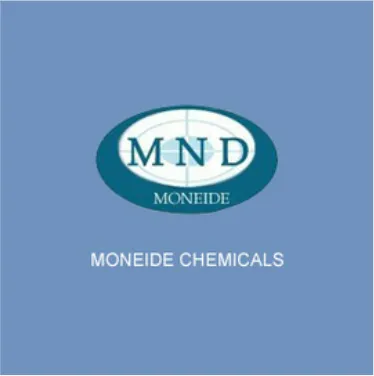
FAQS on diisopropyl azodicarboxylate
Q: What is the primary use of diisopropyl azodicarboxylate in organic synthesis?
Q: How should diisopropyl azodicarboxylate be safely handled in the laboratory?
Q: What distinguishes diisopropyl azodicarboxylate (DIAD) from di-tert-butyl azodicarboxylate (DTBAD)?
Q: In which reactions is diisopropyl azodicarboxylate diad commonly employed?
Q: Can diisopropyl azodicarboxylate be replaced by other azodicarboxylates in reactions?









